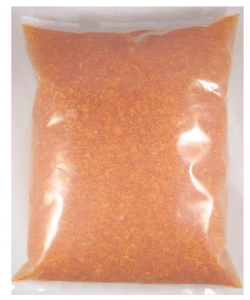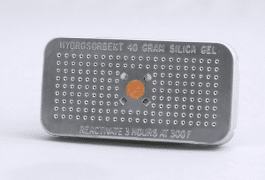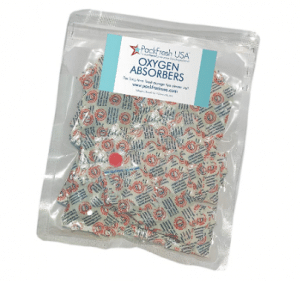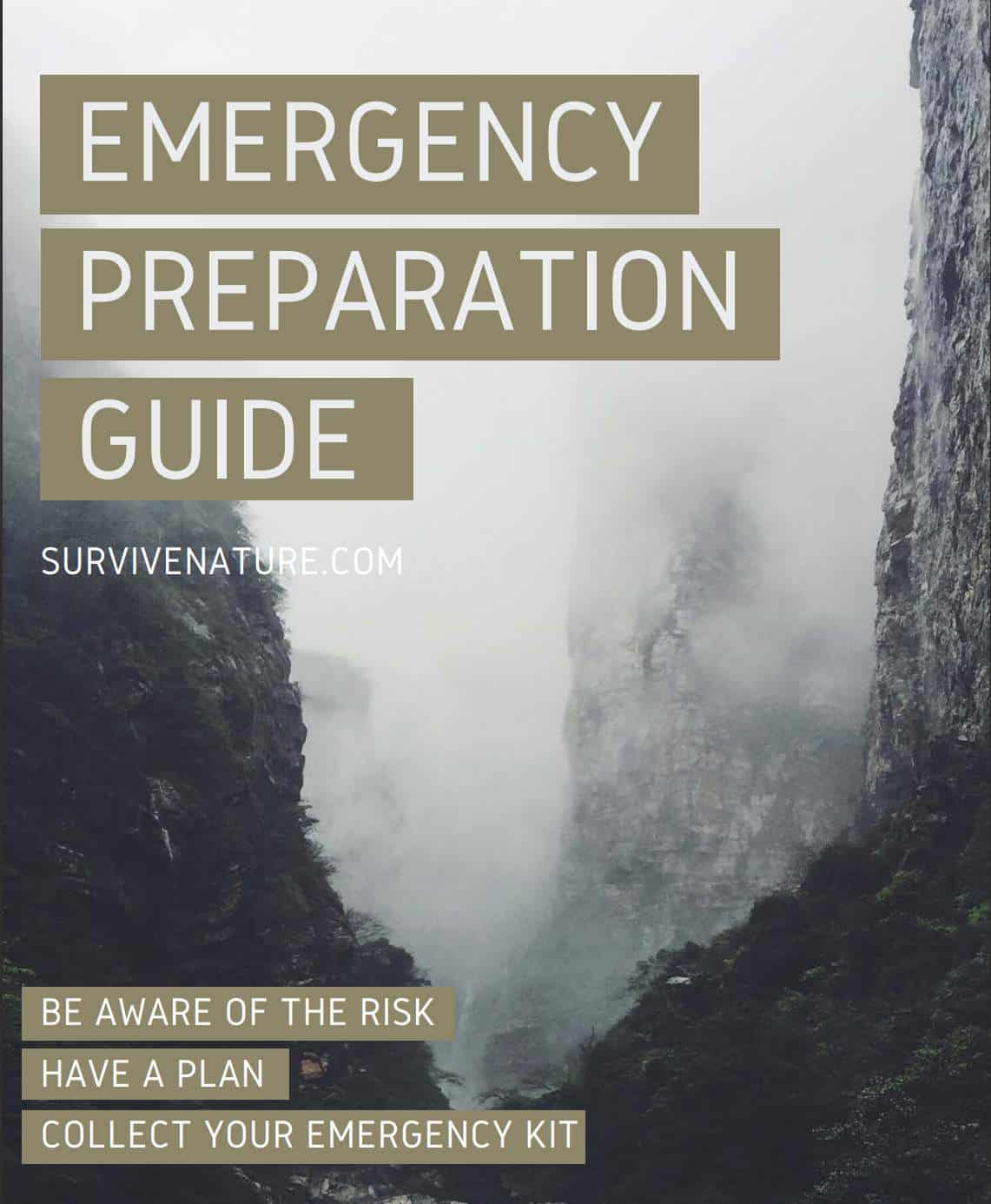A proper dessicant, especially in 2023, is a great dehumidifier, moisture-killer, and food-savior. Made from silica gel, the item is a must-have in any prepper’s backpack. Find out more about unusual dryers for your bag and laundry, learn about calcium chloride as a dessicant, and be prepared with the help of our article.
Desiccants may not be the first thing that comes to mind when you think about survival stuff. But this is exactly that addition that will make your life easier.
Moisture absorber, desiccant packs, air dryers, silica gel packets aim to absorb moisture in your stuff and prolong its life.
Excess water can ruin both food and dry clothing supplies, but desiccants are a way to prevent exposure to excessive moisture.
This article will go over everything there is to know about desiccants (not a “desiccant”).
What Is a Desiccant?
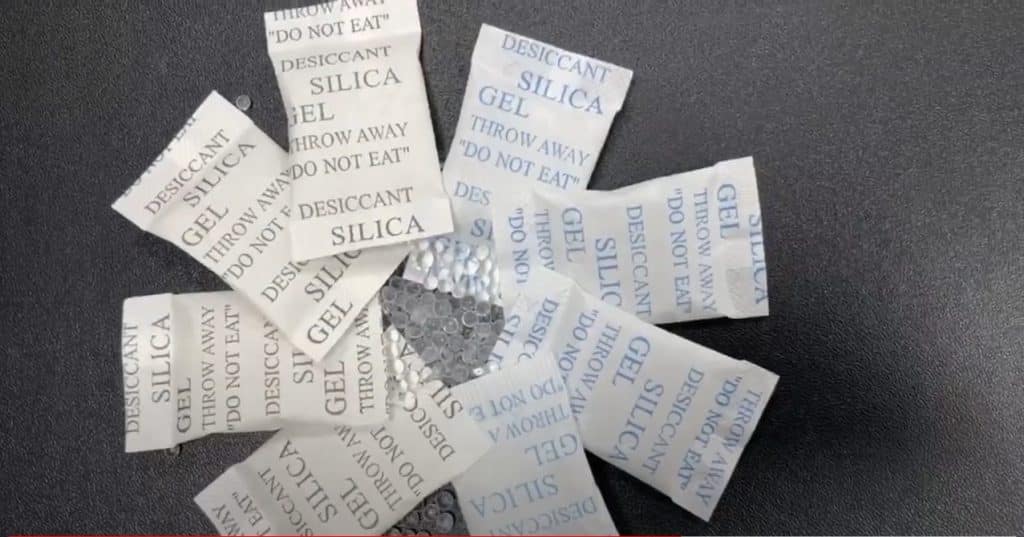
Let us turn to the etymology of the word to understand what desiccant is. It comes from the verb “desiccate,” which means to dry or preserve by removing moisture from the area.
It becomes clear that a desiccant is a material that absorbs and retains moisture, preventing it from spreading.
Remember, you have seen little bags of desiccant in food packages or shoeboxes. Manufacturers put this addition in so that humidity does not penetrate the packaging and spoil the goods.
It is the same with survival products. If you put desiccant in a sealed container, it will pick up excess moisture.
Corrosion of metals also occurs from excessive air humidity. Desiccants come in handy again to keep your weapons safe.
The preserver must keep freeze-drying foods and dehydrated fruit and vegetables dry, so they do not spoil prematurely. It is, therefore, necessary to stock up on desiccants for the successful storage of food.
Types of Desiccant
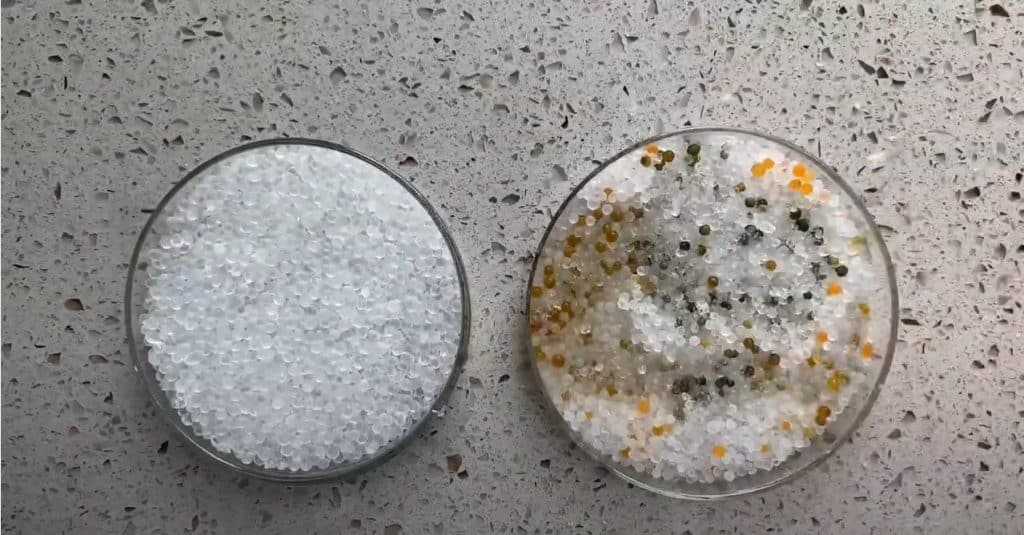
Let’s consider the main and most popular types of desiccants.
Calcium Chloride Desiccant
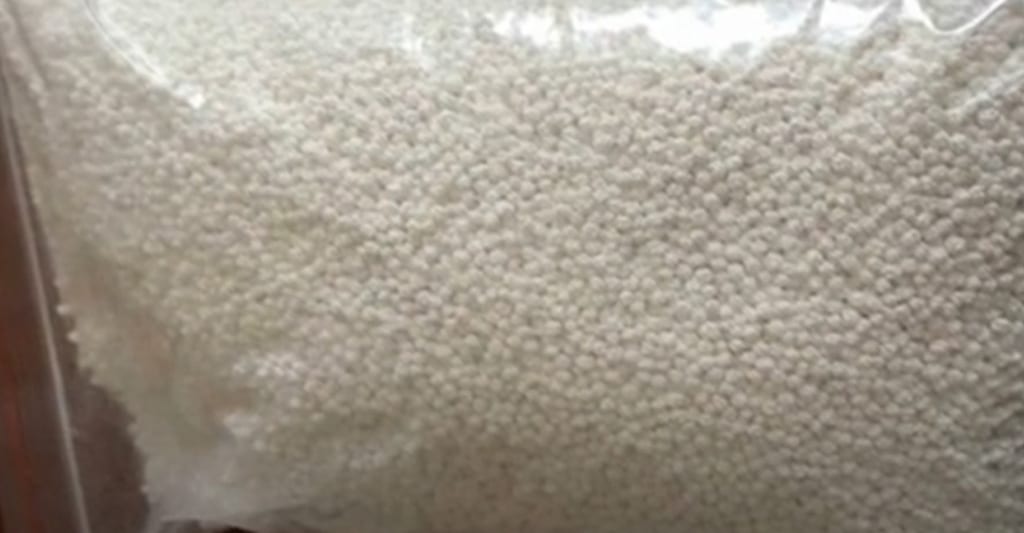
Calcium Chloride is a disposable desiccant with a straightforward method of use. Basically, calcium chloride is a salt that is packed in small white granules into bags.
To remove humidity from a large space, you can place a small basket of granules of this substance in a mesh basket above the bucket.
Calcium chloride will adsorb water and dissolve by dripping into the below bucket. As a result, you will receive a water supply and an empty calcium chloride basket.
Monitor the process by periodically removing excess water and adding calcium chloride.
Silica Gel Dessicant
Silica gel desiccant is a non-toxic substance, so sachets with such a filler are often placed in clothes, shoes, or tableware and food packages, and even medicines. Silica gel successfully protects all these products from humidity. It has a high affinity for water.
It consists of silicon dioxide and most often comes in small balls capable of adsorbing about 10-20% of its weight in water vapor.
Silica gel is for single-use, but there are exceptions. The reusable silica gel beads have a colored moisture indicator—the color changes when they have used up their potential. For reuse, you need to “dry” them. For this, you can put them in a low-temperature oven. Next, you need to cool the silica gel balls, and then they can be used again.
When it gets wet, it does not seem wet, which may be why it is so difficult in childhood to understand what these funny balls are for.
Watch the video below on how silica gel works:
Dry Uncooked Rice
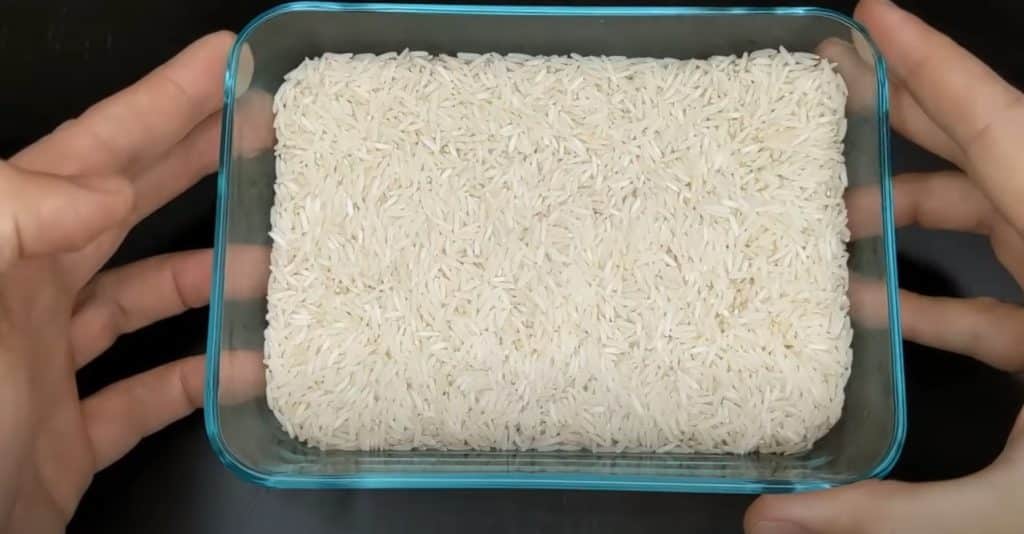
We are fans of survival products, which, if something happens, can perform several functions. Rice is just such a product. It is both food and desiccant if need be.
Newspaper
We know this method from our grandmothers. It is enough to put crumpled newspaper in wet shoes, and the shoes will dry faster. Change wet newspapers to dry ones, and your boots will dry out soon.
The dry newspaper is also a universal survival product capable of performing several functions. It is both a fire starter, food packaging, and an excellent desiccant.
Non-Dairy Coffee Creamer
And this desiccant may come as a surprise to many. We would not rely on it as the only tool, but for lack of alternatives and as a last resort, you can use non-dairy coffee creamer packets.
This is an option if you urgently need to dry something and are ready to do a DIY desiccant.
Drywall
A homemade desiccant that can be used if no other remedy is available.
To use drywall as a desiccant, you first have to heat it up a little and then put it in a container. Drywall will attract moisture to itself.
Cement Mix
Another way of last resort, perhaps the most extreme.
A dry cement mixture perfectly absorbs moisture, but at the same time, becomes solid concrete. Therefore, it is not suitable for all cases. But, if suddenly you really need to dry something, and there are no other means, take a concrete mixture. It will quickly absorb all the moisture.
What Should You Protect Using Silica Gel Packs?
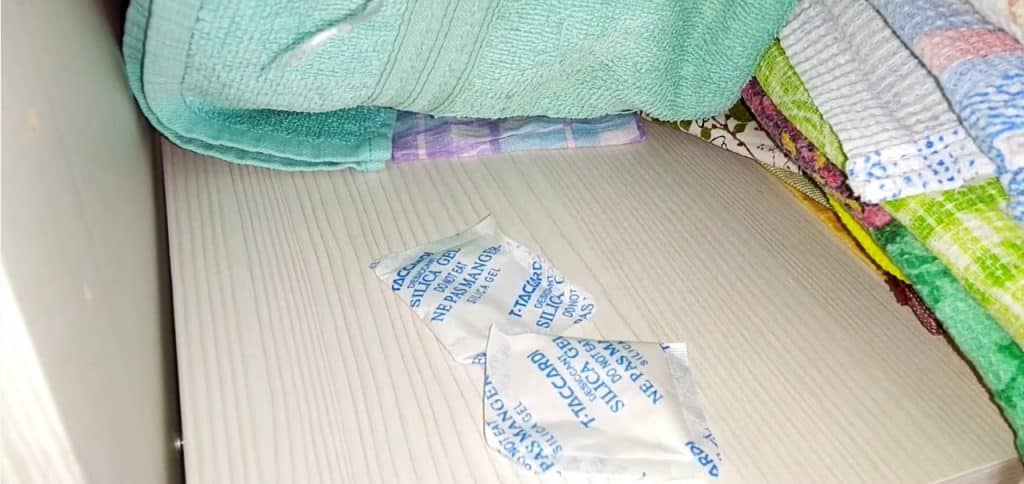
The short answer to this question is “everything.” All survival gear deteriorates from moisture. Food swells and rots, clothes become damp, and metal objects begin to rust. Therefore, silica gel desiccant packs are put in food storage, ammo storage, gun safes, and buried survival caches. It makes sense that you want to protect your essentials first. All of them, except for water, should be stored in dry places without excess humidity.
Apart from this, it is a good idea to put desiccant packets in:
- Garden seeds to avoid germination and mold growth.
- Toolboxes to prevent rust and survival knives from dulling ahead of time.
- Clothing, survival blankets, fabric products. It is unlikely that you will be able to warm up with a damp blanket or sweater, and mold can also form.
- Bags to secure the stuff in them. Ammo cans, get home bags, and bug out bags should be dry storage areas.
- Put the desiccant bags in the first aid kit stored in your car to keep the medicine and bandages from getting wet.
Therefore, while you might not have thought about it before, the desiccant is an essential survival product that complements your other supplies.
Watch this video to get other ideas for applying desiccants:
DIY Desiccant Packs
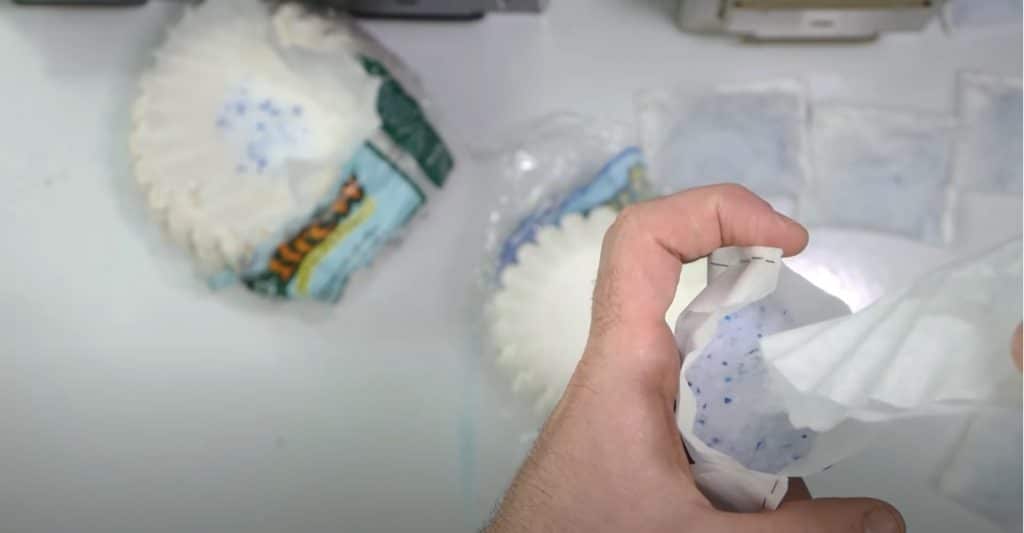
We have already mentioned that you can use scrap materials like newspapers, cement mix, rice, or even non-dairy coffee creamer. But beyond that, you can make complete packs using silica gel cat litter. For example, you can buy the largest Fresh Step Crystals pack and place it in coffee filters. You will receive large pouches of desiccants.
Why Is It Important to Buy Bags of Silica Gel And Desiccant?
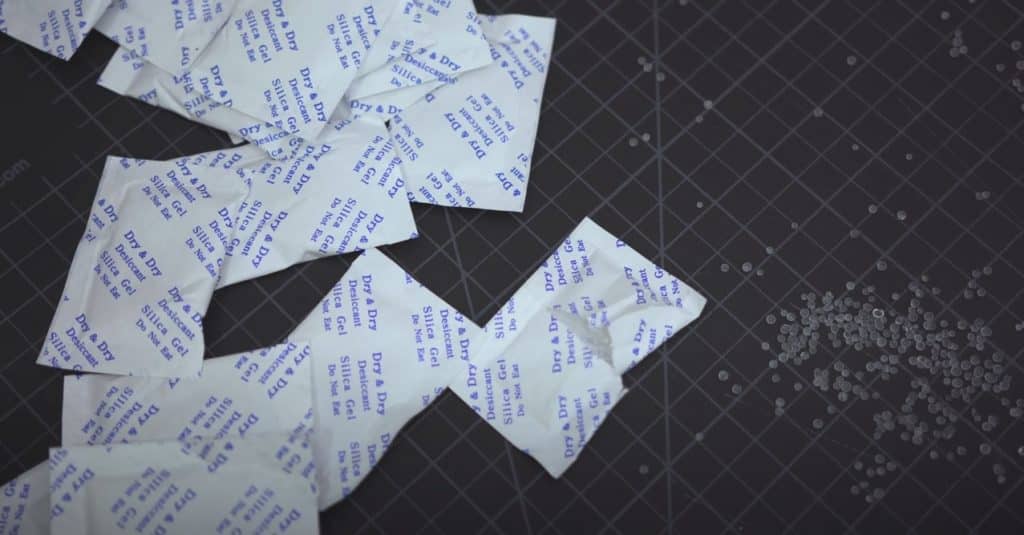
When you invest in something, you have to protect it. So with survival items, these are your investments in case of a disaster, and to save them, they must be kept safe, including from humidity, which can spoil them.
Of course, we all hope that a terrible situation will never come, and we better prepare in vain than we have to use all this. But what if it suddenly comes? Our supplies may have to lie down for years before being used, and it is important that they remain in good condition. This is where desiccant comes in handy. It is an addition that will help preserve our investment.
Best Desiccants For Preparedness And Survival
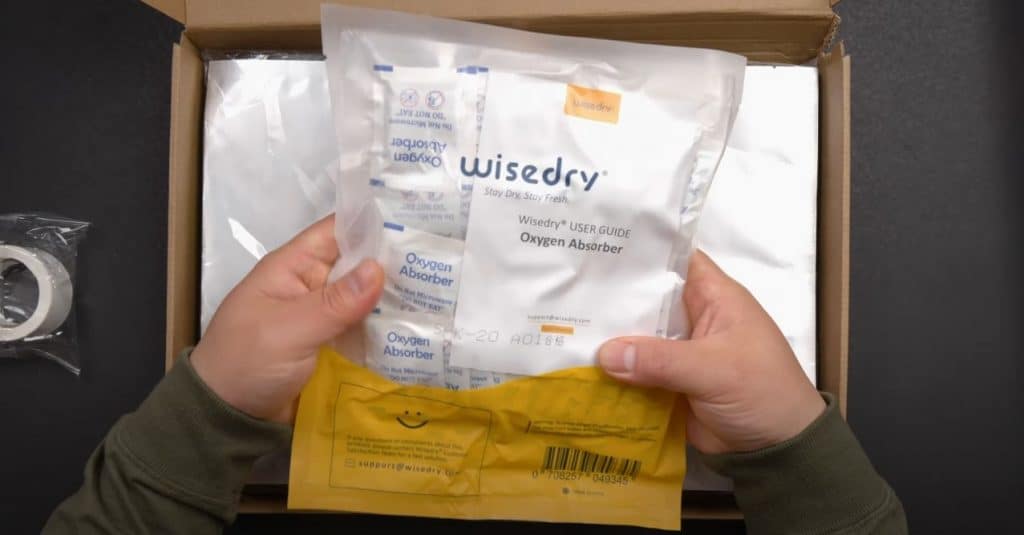
Let’s talk about the best types of desiccants in different situations.
Individual Silica Gel Packets
![5 Gram [60 Packs] Silica Gel](https://2b286704.delivery.rocketcdn.me/wp-content/uploads/2020/11/5-Gram-60-Packs-Silica-Gel.png)
Individual silica gel packets work well for small food jars such as dehydrated fruits or jerky packs.
You can even pack a large package of silica gel yourself using small cloth bags or coffee filters and put in mylar bags or other food storage area.
We choose individual packets without moisture indicators so that fewer chemicals are present near the food.
Hydrosorbent Silica Gel
For some purposes, Hydrosorbent silica gel in large packs is better. Above, we told why you need small bags, but large ones you can buy, for example, to put in a weapon’s safe.
If you buy in bulk, then think in advance where you will store the desiccant.
You can pack this yourself in a cloth bag, but if you want to see the moisture indicator, this can be a problem. In this case, you can, for example, purchase a product from Hydrosorbent.
We advise you to choose an orange indicator, it is a little more expensive, but it has less harmful substances like cobalt chloride.
This desiccant is reusable. After changing the color, just put the package in the oven at a low temperature and then cool.
Here’s an overview of how desiccant changes color as it works:
Dri-Z-Air System
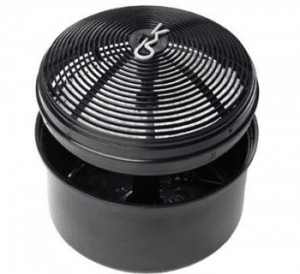
The liquid that forms in the device can simply be drained into the drain.
Then add a new filler and use the system again.
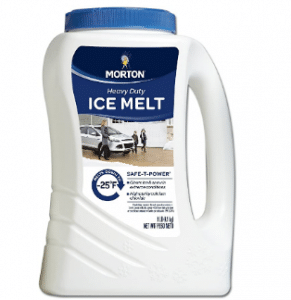
Oxygen Absorbers And Their Work With Desiccants
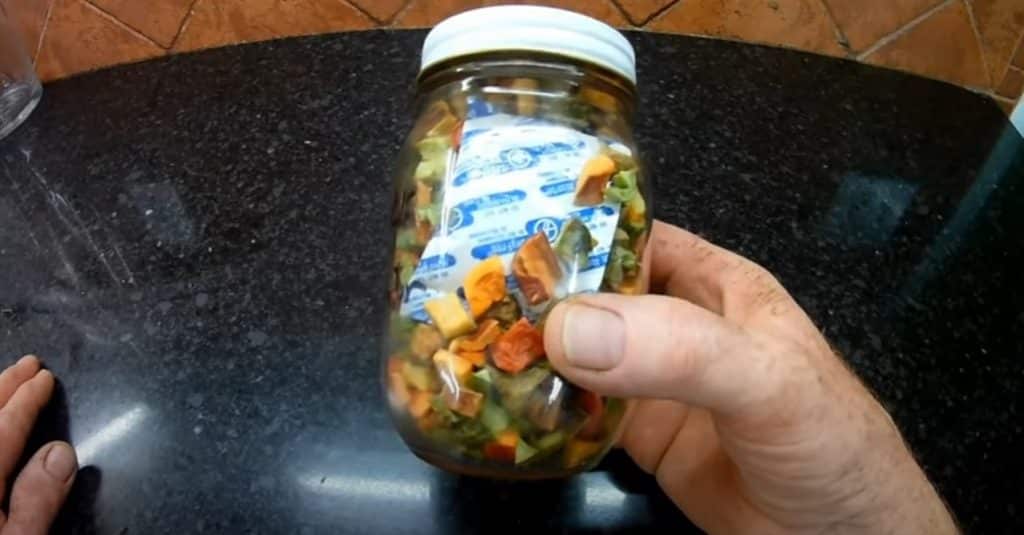
Oxygen absorbers are needed to remove gases such as oxygen from the packaging of something. For example, to prevent bugs in food. Or you can put it in mylar bags with food, and your food will stay fresh longer.
In essence, oxygen absorbers are also small bags but containing clay, salt, and iron filings.
When oxygen enters, the iron filings oxidize and produce nitrogen, while salt and clay help remove wet from the air.
Oxygen scavengers often contain an indicator to show when they need to be replaced. This is usually a small pill that changes from pink to blue. Unfortunately, this product is disposable. Once you have used an oxygen absorber, it cannot work again.
Calculate the number of absorbers that you need. Use too little or too much, and it does not make sense.
Oxygen absorbers can be used in conjunction with desiccants, as long as they are not placed next to each other. Otherwise, desiccants will not allow oxygen scavengers to work.
Store absorbers in something airtight, such as Mylar bags, so you do not activate them in the wrong place.
Last but not least, do not use them with sugar or salt, or it will remove all air from them and turn them into stone, which is very difficult to use.
Desiccant Safety Tips

To avoid unpleasant or dangerous situations, you need to follow simple rules. Although desiccants are not a particularly hazardous material, there are certain points where you need to be careful and follow safety rules.
Do Not Give It to Pets
Most animals stay away from chemicals and non-nutrients, but anything can happen, so keep desiccants out of the reach of prying noses.
If you use rice or other foods as a desiccant, then you should also put them away. It will not harm your dog or cat (although it depends on the quantity), but you can lose desiccant supplies.
Not For Consumption
It is quite clear to a reasonable adult person that there is no need to eat desiccants. Is that so? We hope that. Although then the manufacturers would not write “do not eat” on the packaging. Therefore, we will repeat this rule. Keep desiccants out of the reach of children, who can pull whatever they see into their mouths because this is their way of learning the world.
Besides direct consumption, it is worth refraining from keeping desiccants close to the sensitive surfaces of the body. They work so hard that they can damage tissues in the nose, mouth, or eyes.
It is even better to protect these areas if working with concrete mix, for example. It is best to wear gloves and special clothing. You may have noticed how your hands dry out after interacting with concrete. Imagine what will happen to your mucous membrane.
Well, if a person drinks a desiccant, then he cannot do without doctors. At best, suffocation threatens, at worst, the formation of a solid mixture right in the stomach. However, it is not clear, which is worse, which is better.
So do not pull desiccants in your mouth. Use protective clothing and hide from children and your curious dog.
Cobalt Chloride
This rule can also be referred to as a “do not eat” rule but refers to the presence of cobalt chloride in some desiccants.
Cobalt chloride is used as a color change indicator.
You can often see desiccants in stores with indicators of pink and blue color. They contain this substance.
The European Chemicals Agency calls this substance a “substance of serious concern” and suspects that it may be carcinogenic.
There is a simple way out of the situation — do not buy desiccants with such indicators. Also, there are alternatives in the market.
If you are interested in reading about cobalt chloride, you can read the National Park Service article.
But in general, everything is clear with it — do not eat it, or better, do not buy at all.
To Sum Up
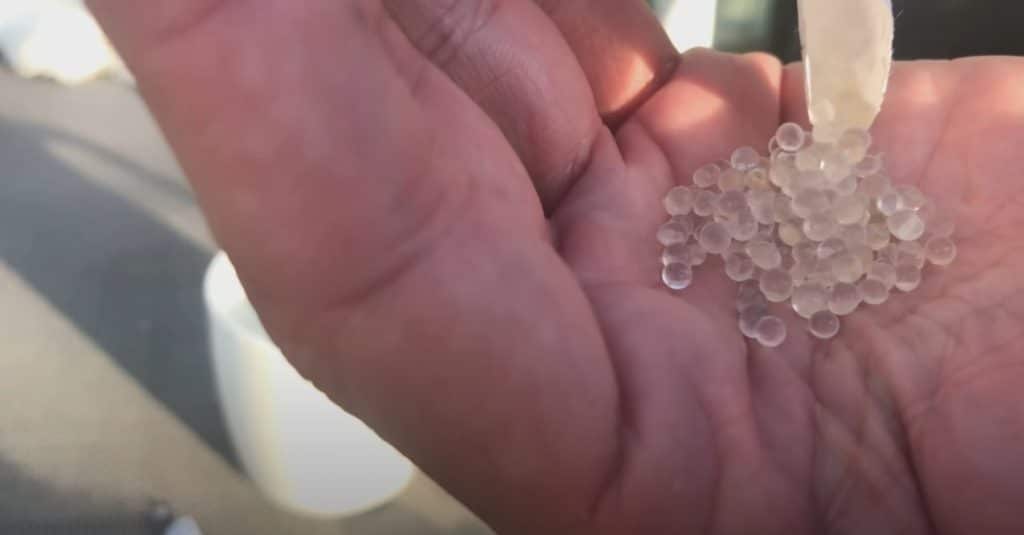
Desiccants can help you with this. They will keep your products dry, prevent mold, corrosion, bugs from forming, and prevent consumer products from deteriorating ahead of time.
It is not an expensive addition, but one that needs to be thought about in advance and included in your survival plan.
FAQ
What is desiccant used for?
The desiccant is a material that absorbs and retain wetness, thereby preserving dryness in products, things, tools. They are used to increase the shelf life of dry products, to prevent metal corrosion and rotting of things.
What is a natural desiccant?
If you do not have any branded desiccants on hand, you can use natural remedies such as dry rice, salt, baking soda, crumpled newspaper, drywall, cotton fabric, cement mix, clay.
How long do desiccant packs last?
Differently, better to check the exact number on the package, but usually, the shelf life is from one to three years. It depends on the environment.
Most desiccants can only be used once, but some products can be dried at low temperatures in an oven and used again.
What are good desiccants?
There is no universal desiccant that will ideally suit all situations. For small areas such as glass jars, or small packages, one or five-gram packs of silica gel will do. For a larger area, you can take Hydrosorbent in large packs. For a large surface area, you can do a whole system, for example, the Dri-Z-Air System.
How to manage the effects of diurnal temperature-cycling on sealed containers?
The air inside containers expands and contracts due to temperature fluctuations, which creates additional pressure and vacuum. To manage the effects of diurnal temperature-cycling, you can use pressure-relief valves or air breathers. They release the vacuum and pressure created inside the sealed containers.


